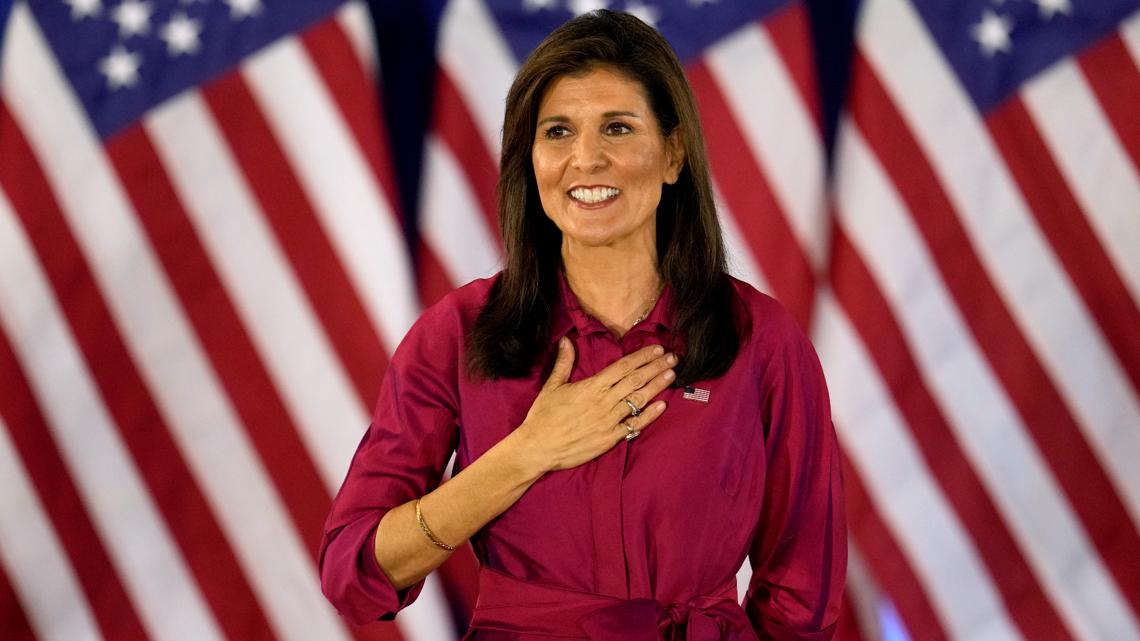Matt Yglesias has a very perceptive post on industrial policy, which is the latest fad in Washington:
Industrial policy is a hot topic in Biden-era Washington, but it’s hard to get a handle on it because nobody is totally sure what it means.
We know what it’s not — it’s not a continuation of the free trade consensus associated with the pre-Trump years. It’s also supposedly not just crude protectionism that props up inefficient companies that happen to have political clout in congress. It’s supposed to be something better and more sophisticated than that, the deliberate cultivation of areas of national economic strength in a manner inspired by the economic growth success stories of Japan, the “Asian Tigers,” and China.
I think that’s right, but on closer examination it’s an odd claim. The US has a per capita GDP of about $80,000, while Japan is at $52,000 in PPP terms and China is around $23,000. (The East Asian economies are even lower if you use market exchange rates.) So why are we inspired by economies that are far below our level?
You might point to some rapid growth rates in East Asia, but ever since the 1990s Japan has plateaued at a level far below the US. China is likely to follow suit.
In addition, I see little evidence that industrial policy explains the success of East Asia. Consider:
1. All countries do lots of industrial policy, and that includes the US.
2. China boomed after it dramatically reduced the role of the government in the economy.
3. Hong Kong does much less industrial policy than other countries, and yet is one of the most successful of the “tiger economies.” If industrial policy explains East Asia’s success, why isn’t Hong Kong a laggard?
4. Many of the biggest success stories in East Asia occurred in areas not favored by planners—such as Honda making cars.
The Biden administration is pro-industrial policy and pro-labor union. Yglesias points to a contradiction:
And I think that, for progressive-minded people, this is a bit of a conceptual trap around the idea of industrial policy. From inside an academic bubble, you can resent the hegemonic dominance of free market capitalism and dream of owning the neolibs by embracing industrial policy. But the go-to move of a developmental state is to be more hostile to worker interests than a free market would be. In the old New Deal interpretation of American history, this is why Hamilton was the bad guy and Thomas Jefferson was the good guy — it was regressive tariffs versus the interests of small farmers. Today’s liberals care more about racial justice issues, where Jefferson is the bad guy and Hamilton is the hero, but the basic economic tension remains. The Hamiltonian strategy isn’t free markets, but that doesn’t mean it’s pro-worker. It arguably means the opposite.
Those East Asian economies that inspired our industrial planners were basically hostile to organized labor. But the US is not trying to turn peasants in factory workers. A sensible industrial policy for the US would be one aimed at making our economy more efficient. Here’s Yglesias:
A real industrial policy for a rich country should involve finding ways to reduce regulatory burdens on the industry you’re trying to foster. If you’re not doing that, you’re going to be stuck either suppressing wages or else just engaging in basic protectionism — give the industry preferred access to the domestic market and forget about global competitiveness — which is really a different beast altogether.
Instead, look for more subsidies and trade barriers that redirect capital into less efficient sectors.
PS. Consider the following typical example of one of our thousands of industrial policies. We could allow cars to be sold directly to buyers, but instead force manufacturers to sell them through car dealers. Almost every industry has similar examples of industrial policies–overwhelmingly counterproductive.















